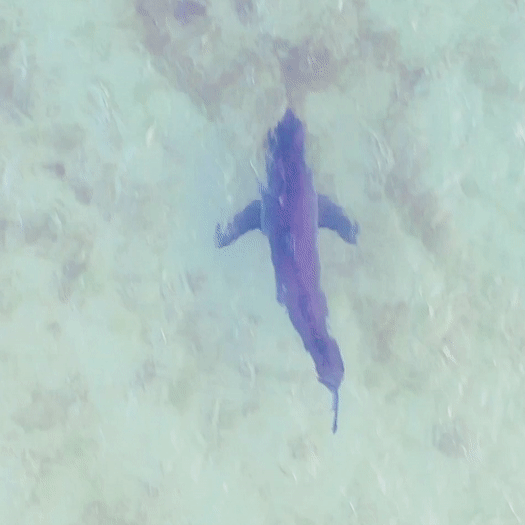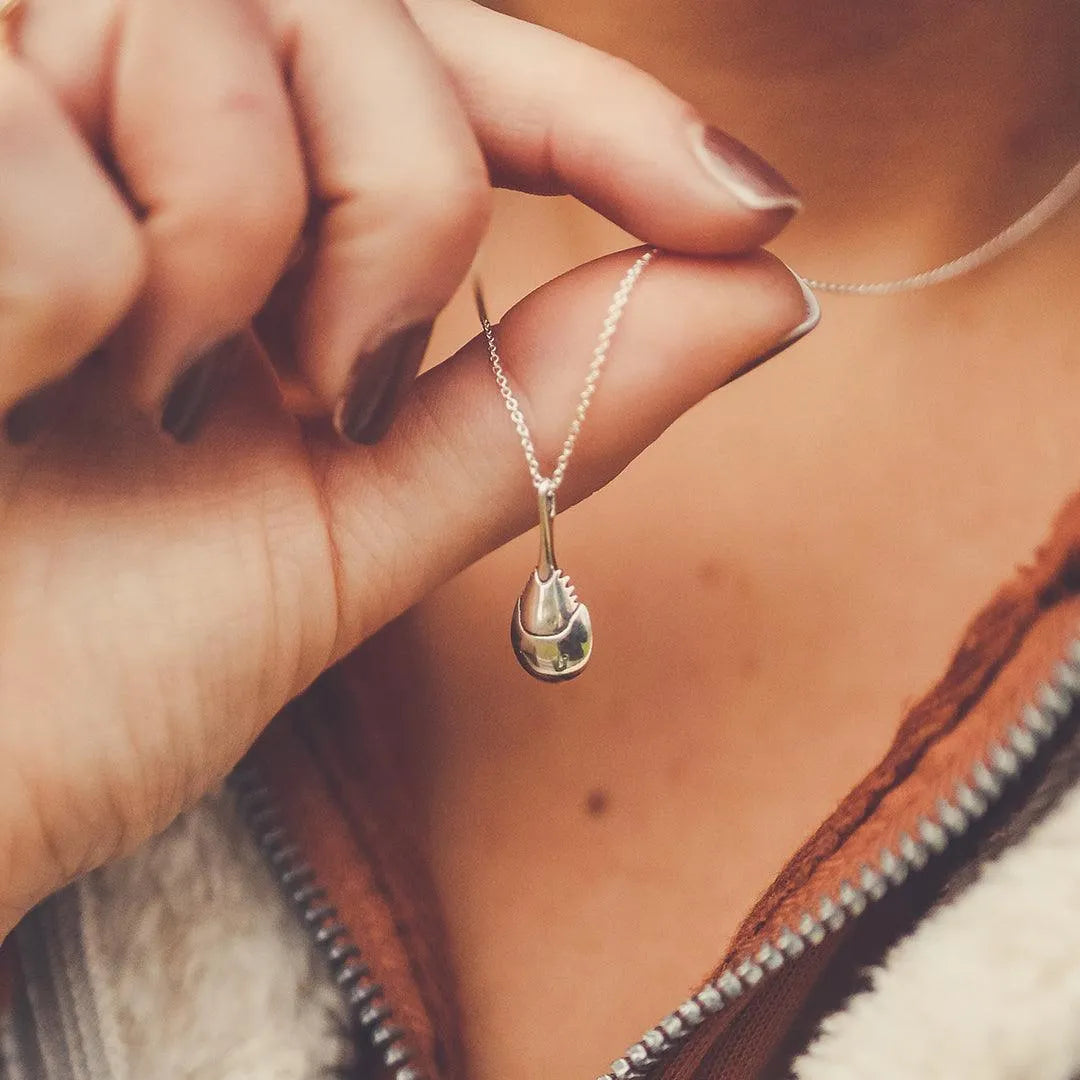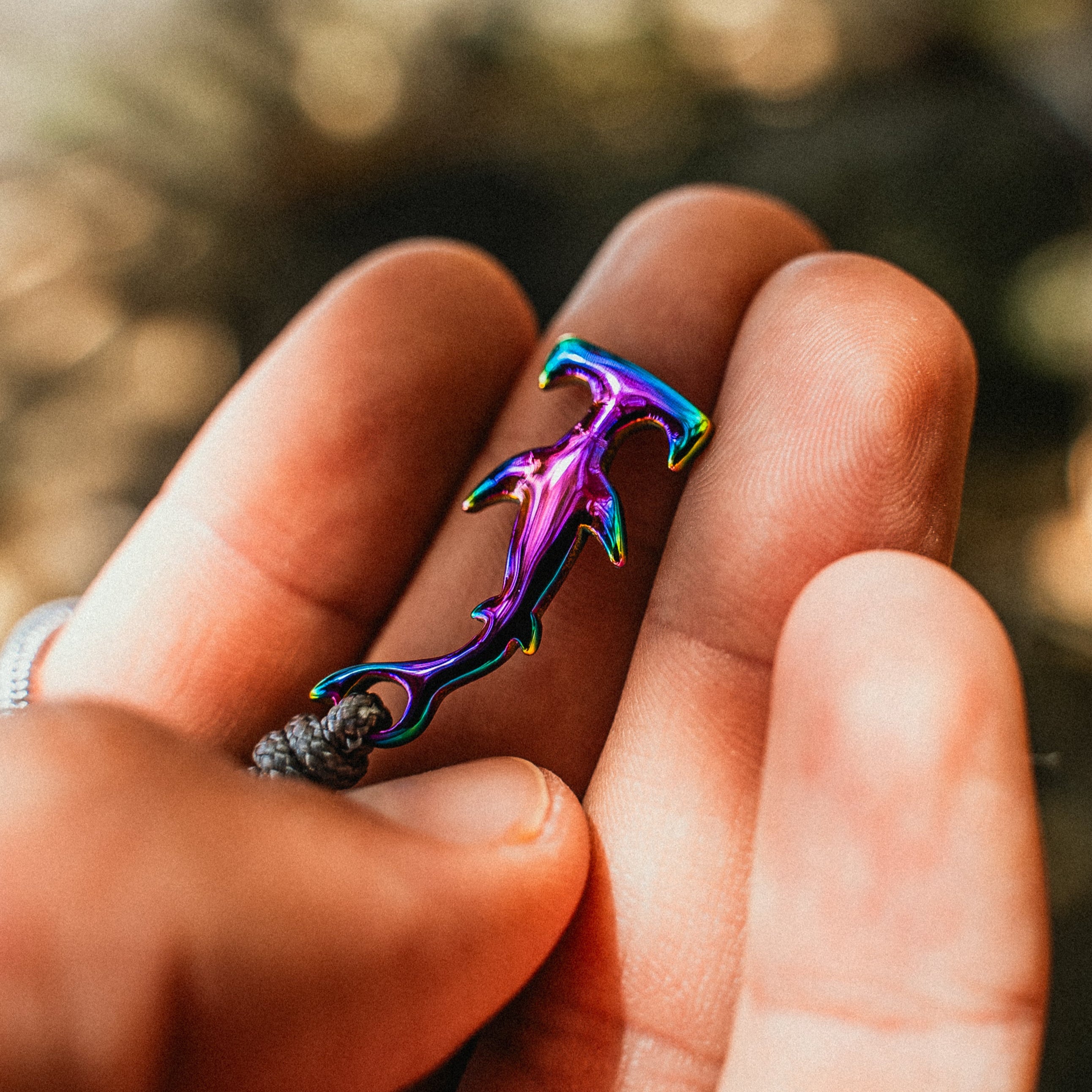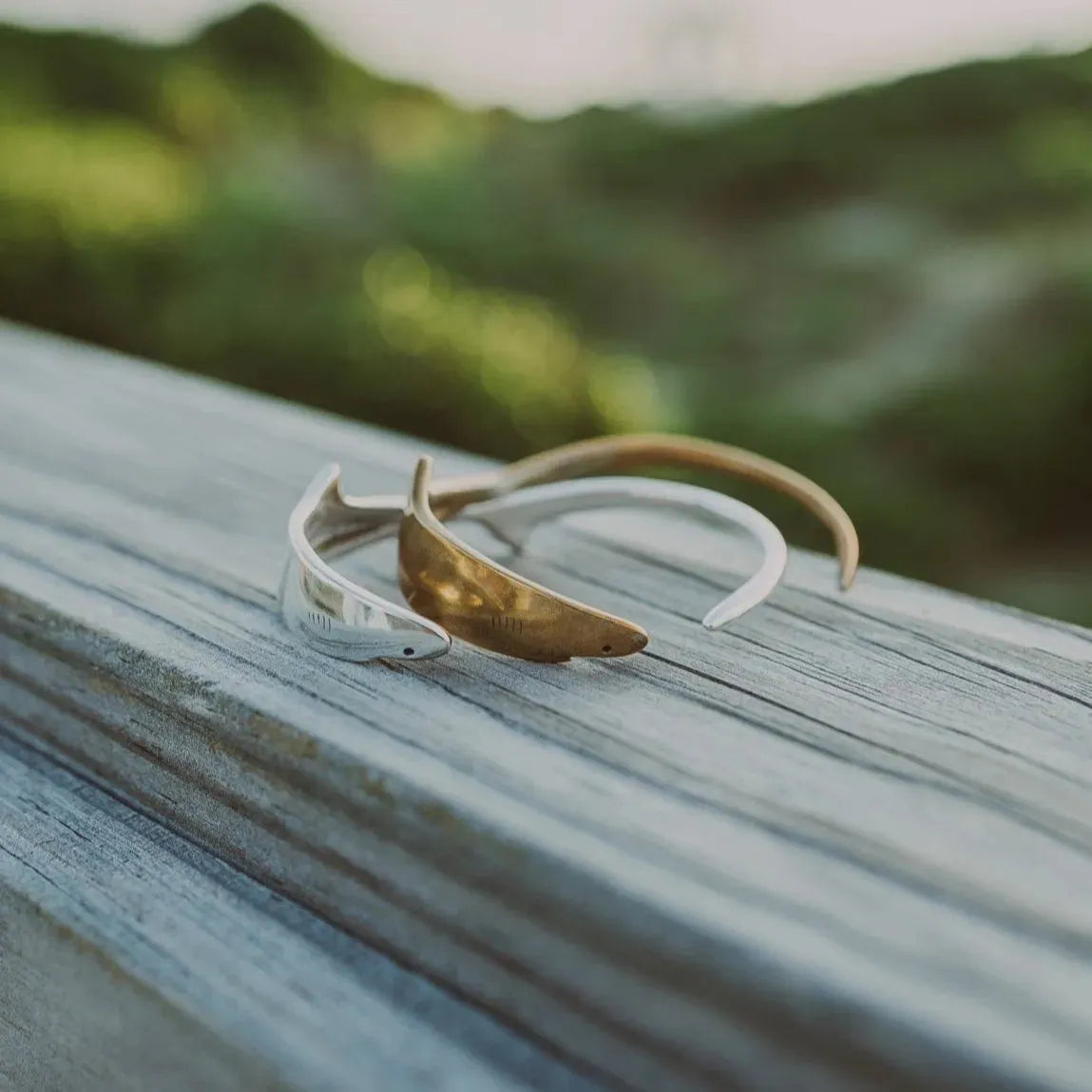
5 Surprising Facts About Shark Anatomy
Happy Shark Week! This is one of our favorite weeks of the year since the spotlight on sharks gives us the opportunity to clear up some of the biggest myths about sharks.
Research on sharks is occurring all over the globe, but there is still so much we don't know about these animals. What science has taught us is that sharks are built to be fast and agile predators with these five amazing anatomical features:
1. Sharks Don’t Have Bones
Sharks have cartilage instead of bones, which keeps them light in the water. Other marine animals, like fish, have swim bladders so they don’t sink. Sharks don’t have these swim bladders and need a much lighter body to prevent drowning. A frame made of cartilage instead of bone also is much more flexible, making sharks quick and nimble for pursuing their prey.
2. Sharks Have Hydrodynamic Skin
Unlike other fish, sharks have “dermal scales” that interlock and allow them to move quickly and efficiently through the water. Their scales are hydrodynamic so water flows over them with little drag, helping species like the mako shark reach speeds up to 42 mph.
3. Not All Sharks Are Cold-Blooded
Like most fish, most sharks are cold-blooded, meaning they maintain a body temperature parallel to that of the water they swim in. But some sharks, like the great white and mako, are endothermic and actually are able to keep their body temperatures a few degrees above the temperature of the water. Endothermic sharks are able to travel around the globe, regardless of the temperature of the water.
Another benefit of endothermy? Faster speed. In fact, one study found that endothermic species can swim 2.5 times faster than ectothermic species.
4. Their Teeth Make them Fierce Predators
There’s a good reason why their nickname is Jaws - great white sharks can have 300 teeth in up to seven rows! Since sharks have several rows of teeth developing in the skin, not the jaw, behind the first row, a new tooth moves up to replace one that has been lost. Some sharks can lose up to 30,000 teeth in their lifetime!
Despite their enormous size, sharks don't possess the strongest bite on the planet - that honor goes to saltwater crocodiles. Instead, what sets sharks apart is how they bite, not how hard. Great white sharks first bite with their bottom jaw to grab onto the prey, then their upper jaw protrudes out to slice into the prey, then shaking the bait to tear off the flesh.
5. Sharks Have to Move to Breathe
It’s no surprise that sharks, like all fish, have gills. There is one big difference, though - sharks don’t have gill covers, they have gill slits, meaning some (but not all) need to constantly be moving in order to breathe. Some species, like the nurse shark and bullhead shark, rely on buccal pumping and draw water into their mouths and through their gills, meaning they don't need to actively swim at all times.
Other species, like the great white shark, have to remain in constant motion in order to breathe. These sharks swim with their mouths open, allowing water to flow through the shark’s gills so their blood vessels can pull oxygen out of the water.
Speaking of gills, we’ve recently updated our Great White Shark Clasp to a new version complete with five gill slits - get yours today and support the important work of our friends at Atlantic White Shark Conservancy!
Support shark research with your purchase of our shark designs and help change the public’s perceptions of shark with our brand-new Respect the Locals hat.









